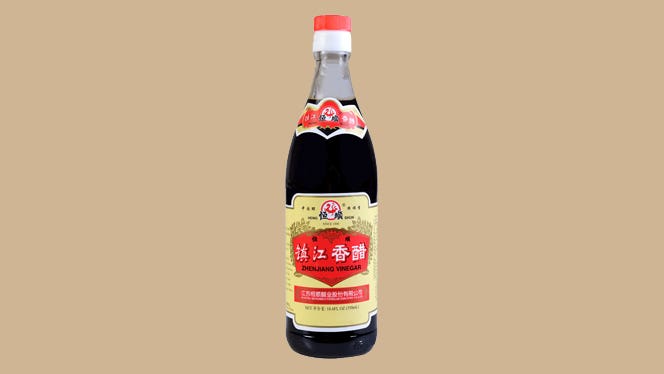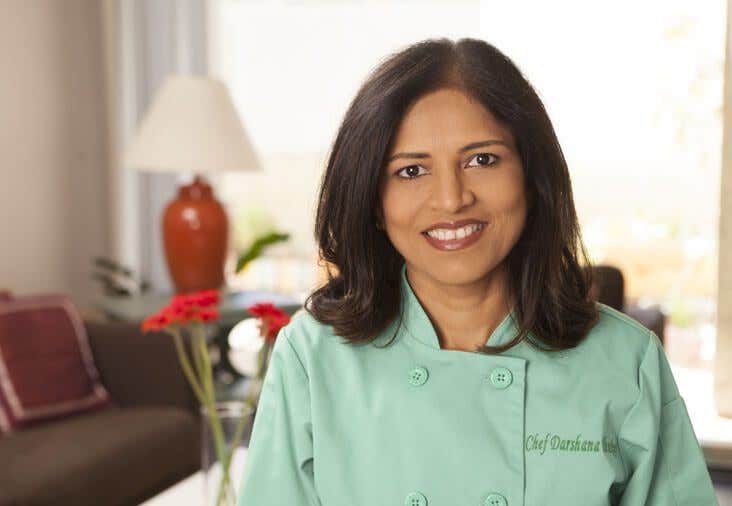Many people are surprised to learn that it’s easy to cook great food without oil or butter. Besides being healthier, it’s not hard to make the switch to oil-free cooking. You’ll still steam, poach, boil, and stew your dishes the same way. Here is a breakdown of how to sauté, stir-fry, bake, and roast without added fat.
Why Cook Without Oil?
Some oils are advertised as health foods. But no oil is really healthy, not even coconut oil, flaxseed oil, or olive oil. Oil is purely fat (with all other nutrients stripped away) and contains more calories per gram than any other food. Read more on this subject from the FOK experts here.
Choose the Right Cookware
It’s extremely easy to cook without oil using nonstick pots and pans, because the food doesn’t stick. If you want to avoid Teflon, then use a good-quality, heavy-bottomed stainless steel pan. Enamel-coated cast iron and ceramic titanium pans are also good options.
Use nonstick or silicone ovenware for easy release when roasting vegetables or baking preparing oil-free desserts. Or you can line your standard bakeware with parchment paper, as nothing sticks to it.
When cooking a dish that requires the final result to be dry, use a flame diffuser (aka flame tamer), which provides even heat without creating burn rings at the edge of the pan as the food cooks down. A diffuser is also useful when you want to cook something on the stove without giving it your full attention, so you can focus on other tasks. It is also useful when your pans are not of good quality or you’re making a dish that requires a low, steady heat.
Choose Your Oil-Free Cooking Method
- Sautéing and stir-frying—The most common question I get on this topic is how to sauté or stir-fry without butter or oil. The trick is to use small amounts of water or broth, adding just a small amount (1 to 2 tablespoons) at a time. Do this as often as needed to cook and brown the food, without steaming it. Also, remember to toss and stir the food periodically with a wooden spoon so that it doesn’t burn.
- Baking—You can use a fruit purée as a healthy (and delicious!) substitute for fats like oil, butter, or shortening. Some of my favorites include applesauce, mashed bananas, and puréed dates. In some instances, nut flour or nut butters can serve as substitutions or additions.
- Roasting—There’s no need to coat your vegetables or other foods with oil before roasting them in the oven. They might take a little longer, but they will eventually brown and roast nicely. Before placing them in the oven, I like to season my vegetables with spices, herbs, and either a little vegetable stock or a light water-soy sauce mixture.
- Deep frying alternative—It may take a little getting used to, but I’m confident that you will come to enjoy the not-greasy but still delicious (and far healthier) choice to bake your potatoes and veggies instead of deep frying them. You can even bake up delicious (eggless) breaded patties or veggies by lightly dipping them in a slurry of arrowroot powder or cornstarch mixed with either water or unsweetened, unflavored plant milk, and then coating them with whole-grain bread crumbs or cornmeal. Use nonstick, silicone, or parchment-lined baking sheets to achieve a crispy outer crust.
Experiment with Oil-Free Condiments
- Sauces—For dishes that normally use butter or heavy cream, you can create plant-based versions by puréeing beans, lentils, or vegetables like cauliflower, carrots, or potatoes, along with nut or soymilk, nutritional yeast, miso, and/or nut butter.
- Salad dressings—For tasty oil-free salad dressing, you can whisk or blend some vinegar, spices, and herbs with fruit juice and a bit of pulp (for sweet dressings), or with nut or seed butter (to add a little creaminess to savory dressings). Here are three recipes to get you started: Cheesy Caesar Dressing, “Magical” Applesauce Vinaigrette, Classic Dijon Dressing.
Learn more essential healthy cooking skills and become a plant-based home chef in 90 days with Forks Cooking Course. The online cooking course includes 55 hours of content that you can consume at your own pace, live Q&As with chef-instructors, quizzes to track your progress and more.

Related News
Get Our Best Price On The Forks Meal Planner

Forks Meal Planner takes the guess work out of making nutritious meals the whole family will enjoy.
SAVE $200 ON OUR ULTIMATE COURSE

Join our best-selling course at a new lower price!


